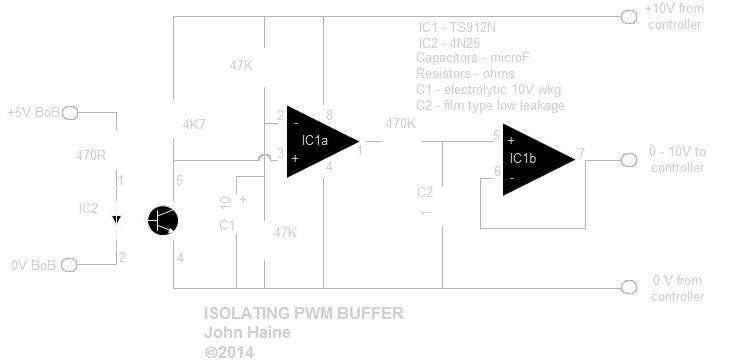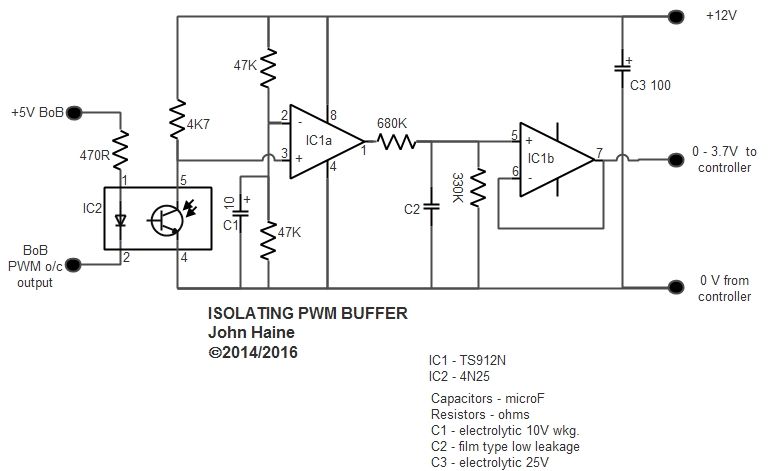cnc lathe spindle speed control problem
cnc lathe spindle speed control problem
- This topic has 21 replies, 8 voices, and was last updated 1 February 2016 at 05:03 by
John Haine.
Viewing 22 posts - 1 through 22 (of 22 total)
Viewing 22 posts - 1 through 22 (of 22 total)
- Please log in to reply to this topic. Registering is free and easy using the links on the menu at the top of this page.
Latest Replies
Viewing 25 topics - 1 through 25 (of 25 total)
-
- Topic
- Voices
- Last Post
Viewing 25 topics - 1 through 25 (of 25 total)
Latest Issue
Newsletter Sign-up
Latest Replies
- Soldering to gold plating
- Measuring a double Vee lathe bed Vee position
- Multi Cylinder Radial Engine.
- Model Engineer Magazine Collection
- TurboCAD – Alibre File Transfers.
- Advice to machine stationary engine base plate
- Herbert B drill information?
- Drawings for constructing a Rolling Road
- How many spokes do I really need?
- Boiler Design – issue 4765






